SOMME BRITISH Sector - Serre - Hébuterne
Years of visit: 2005, 2007, 2011
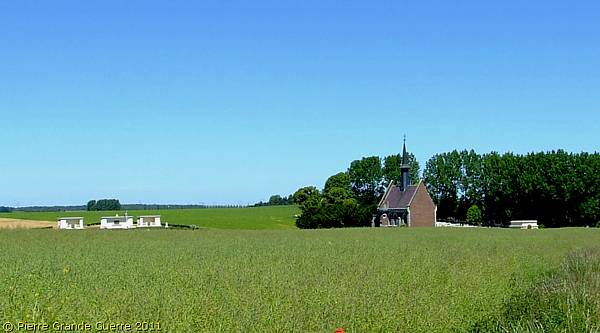
| North of Beaumont Hamel and Redan Ridge , sites of terrible fighting : ; the Heidenkopf height and a side road of the D 919, the infamous narrow country road between Serre and Hébuterne , the Serre Road. On this page we focus on the Heidenkopf area; on the next page we concentrate on the Sheffield Memorial Park close to the Serre Road. |
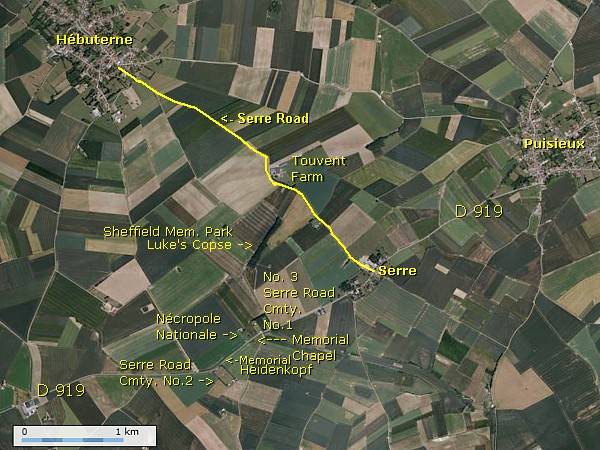
In 1915 the road between Hébuterne and Serre ...
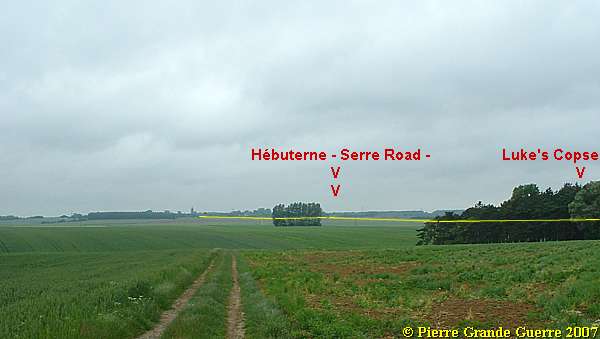
.. with Touvent Farm as a centre point , ...
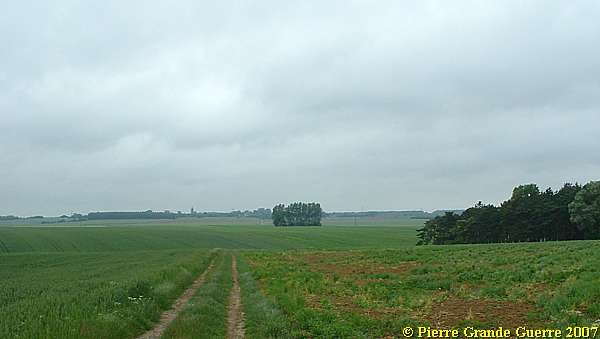
... was scattered with German trenches.
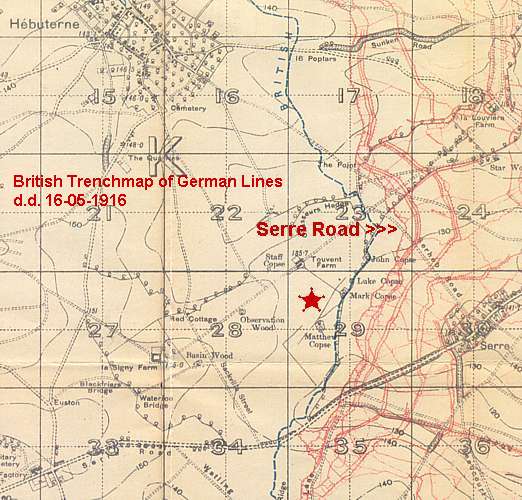
On 7 June 1915 the French launched an offensive at Touvent Farm.
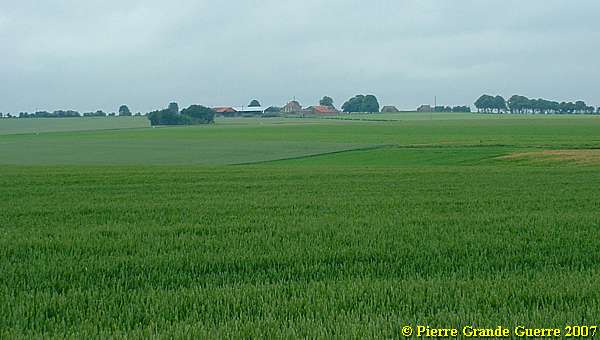
The German troops counter- attacked four times during the period from 10 June till 13 June 1915.
Before we visit sites near the Serre Road, we will visit first the modest height of the Heidenkopf .
View from the D 919 eastward to the Heidenkopf right.
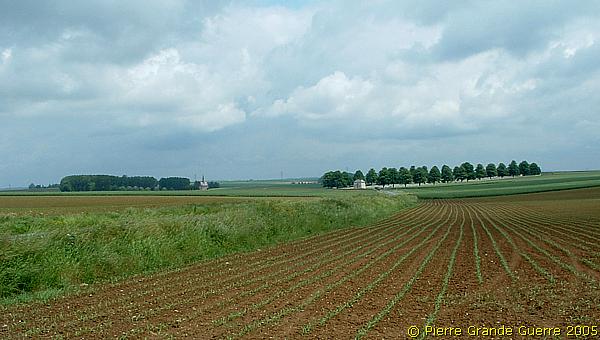
From Redan Ridge we approach the height of the stronghold of the "Heidenkopf", as the Germans called it.

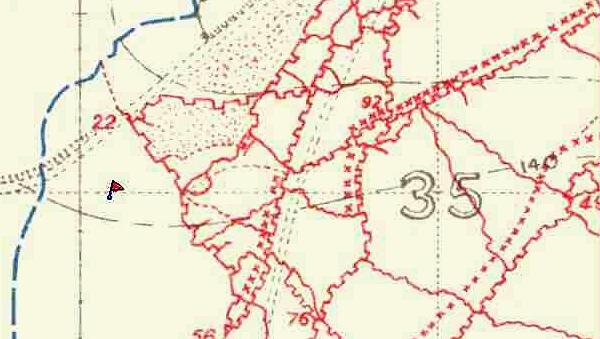
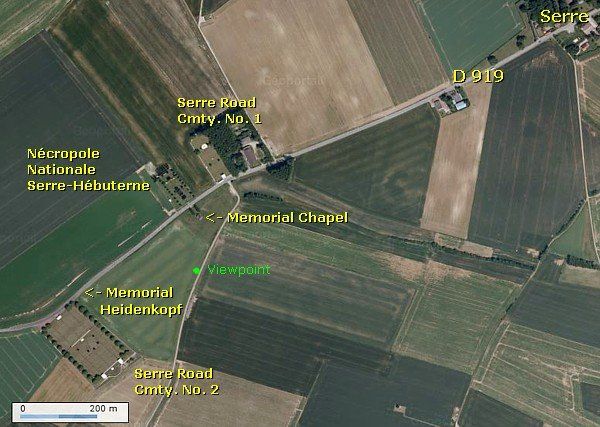
View from the Heidenkopf northward.

Left , the Serre Nécropole Nationale; centre , the French Memorial Chapel; right, Serre Road Cemetery No. 1.
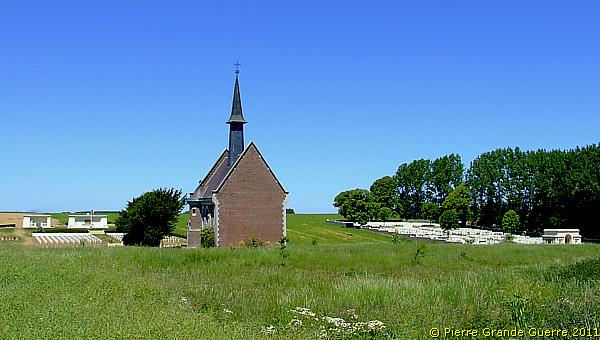
Serre Road Cemetery No. 1.

The Nécropole Nationale de Serre - Hébuterne.
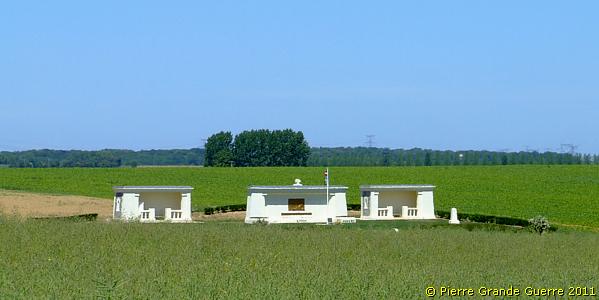
The French Memorial Chapel.
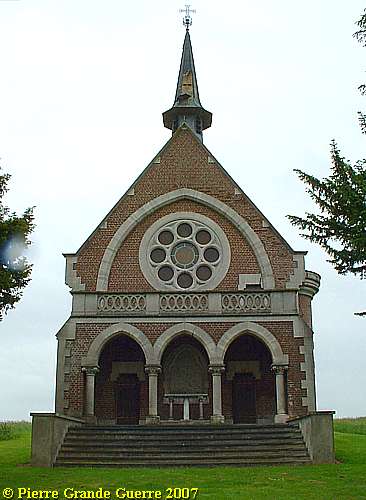
Under the arches hang two plaques. One is in memory of Maitre Joseph de la Rue. "Père" Joseph was Chaplain of the 243rd and 233rd Infantry Regiments. He has been awarded with the French "Légion d'Honneur", the "Medaille Militaire", and the "Croix de Guerre"!
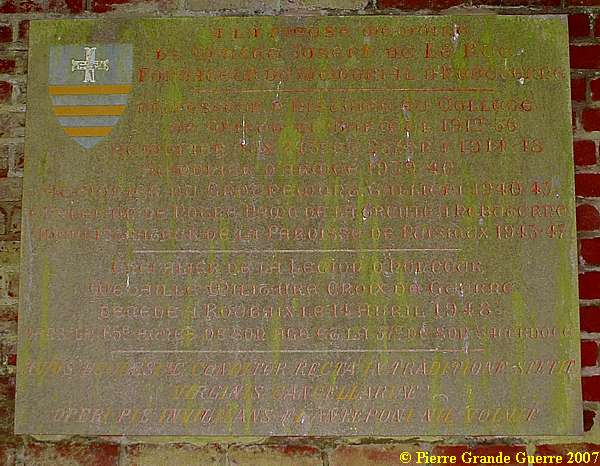
The other plaque is a very rare occurance along the front: a small and modest German plaque, commemorating the fallen soldiers of the 1st. Bavarian Reserve Infantry Regiment. (In 2011 unfortunately vandals have this plague!)

View from the Memorial Chapel to the renovated ...
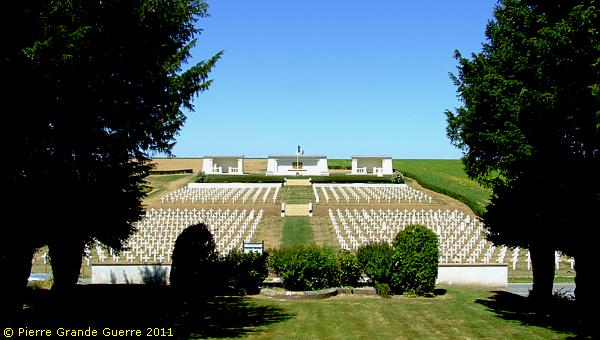
... Nécropole Nationale de Serre - Hébuterne .


| The Nécropole Nationale de Serre - Hébuterne contains the remains of 843 French soldiers. 240 S oldiers of them are buried in a mass grave, who were killed in action during fighting at the Serre Road front line, at Serre - Hébuterne from 10-13 June 1915. |
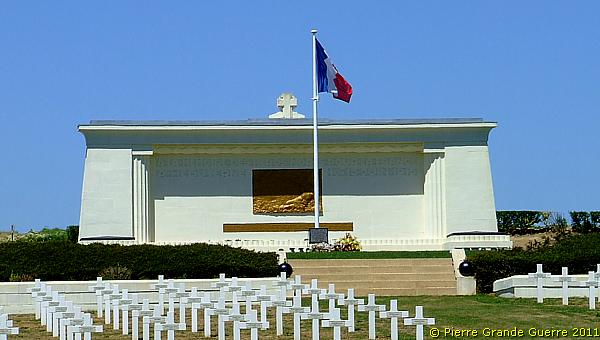
Some photos of the old 2005 situation before the very necessary renovation.
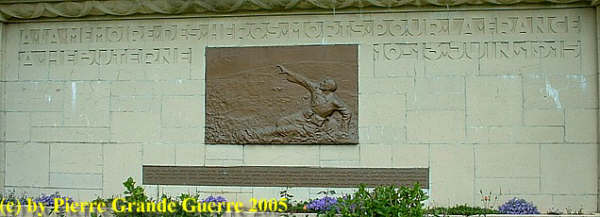
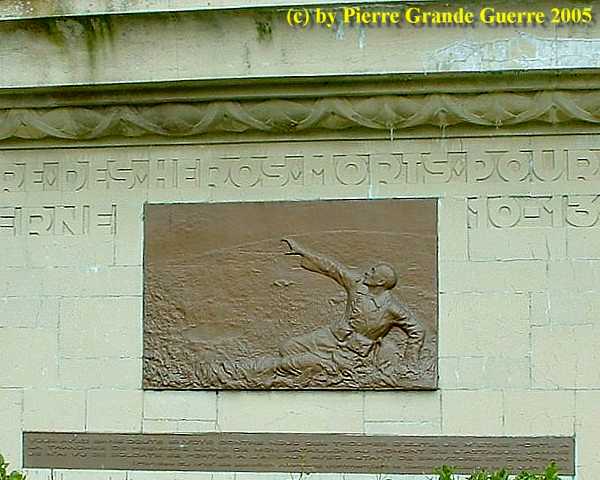
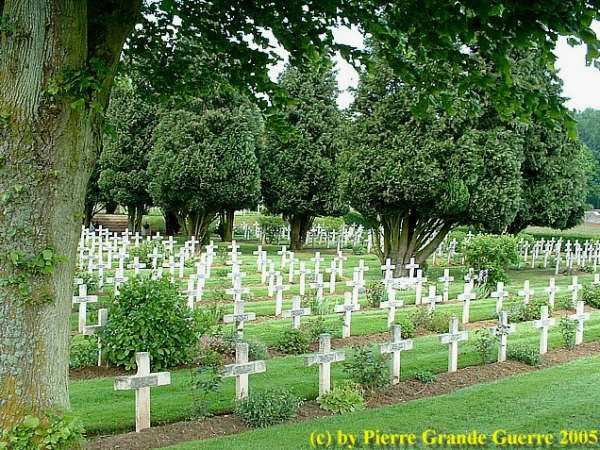

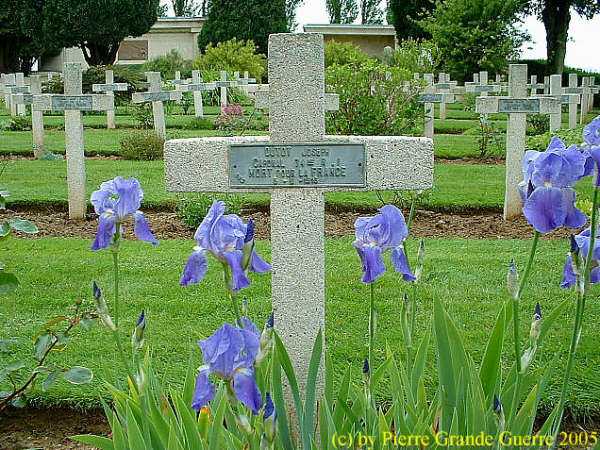
Serre Road No. 1 Cemetery from the French Cemetery.
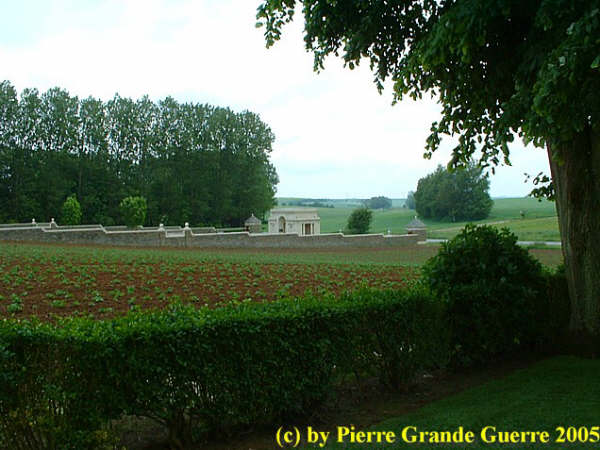
Serre Road Cemetery No.1 was begun in May 1917 and these graves can now be found in Plot I, Rows A to G. The rest of the cemetery was added after the Armistice , when graves were brought in from the nearby battlefields and from nearby smaller cemeteries.There are now 2.426 casualties of the First World War buried or commemorated in this cemetery . 1.728 of the graves are unidentified but special memorials commemorate 10 casualties known or believed to be buried among them . Other special memorials commemorate 3 men who were buried in Albert German Cemetery , 7 men who were buried in Beaucourt British Cemetery and 2 men who were buried in Puisieux Churchyard , whose graves were destroyed by shell fire . Most of the graves date from 1916. The cemetery was designed by N. A. Rew .
Source of all descriptions of the British cemeteries : Commonwealth War Graves Commission .
|
Summer 1915 - The British take over the Serre front sector |
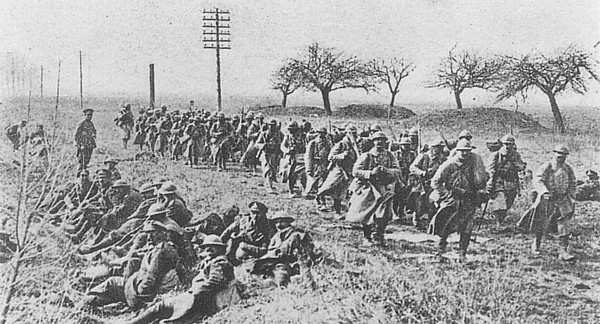
In the same summer of 1915 British troops took over this Serre front sector from the French, and since it has been bombarded many times until and during the Battle of the Somme in 1916.
The British 48th Division were holding the line here during the Battle of the Somme.
During the summer of 1916 until the end of February 1917, the village of Serre remained in German hands.
In February 1917 the Germans left their lines at Serre to retreat on the Hindenburg Line.
March 1917: British troops , like the Manchesters, occupied these left trenches . Most of the Hébuterne sector remained in British possession until the Day of Armistice , 11 November 1918.

We cross the D 919 road to the east side to continue for some 250 m. along the road and along the edge of the Heidenkopf to a modest memorial "left" of the Serre Road Cemetery No. 2.
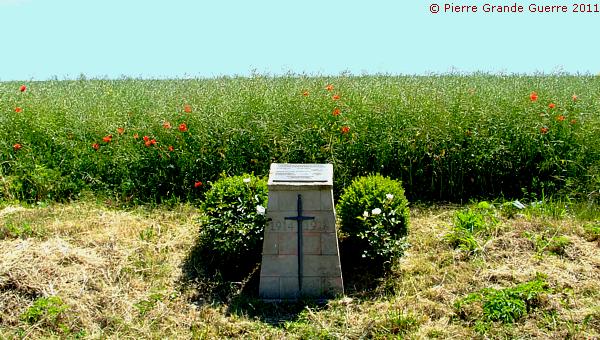
In 2003, during an archeological excavation on the Heidenkopf for a documentary of Channel 5 Television, the Team of Trench Detectives unearthed the human remains of 3 soldiers; two later identified, Württemberger soldiers of the 121 R.I.R. and one still unidentified, British soldier of the Royal Lancaster Regiment.
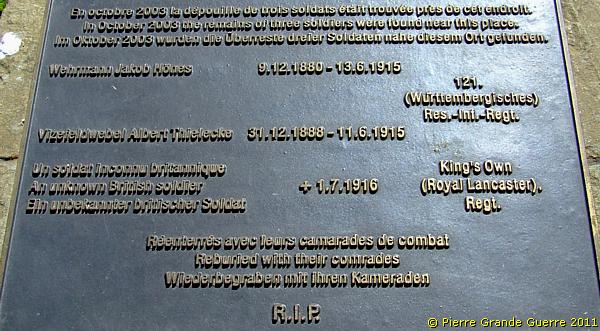
Some metres to the right stands an unreadable memorial for a fallen British soldier. I can only still read the phrase: "GOD BURIED HIM".
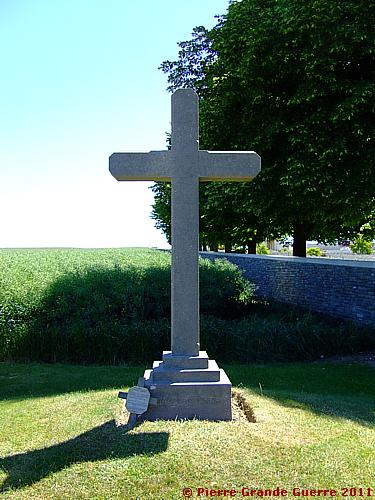
This Crucifix stands left and next to the Serre Road Cemetery No. 2.

| |
| Serre Road Cemetery No.2. In the spring of 1917 the battlefields of the Somme and Ancre were cleared by V Corps and a number of new cemeteries were made, three of which are now named from the Serre Road. Serre Road Cemetery No.2 was begun in May 1917 and by the end of the war it contained approximately 475 graves but it was greatly enlarged after the Armistice by the addition of further graves from the surrounding area, including graves from smaller cemeteries.There are now 7.127 Commonwealth burials of the First World War in the cemetery , mostly dating from 1916. Of these, 4.944 are unidentified . The cemetery , which was not completed until 1934, was designed by Sir Edwin Lutyens . |
Via the D 919 we continue north via the Serre Road to Hébuterne.
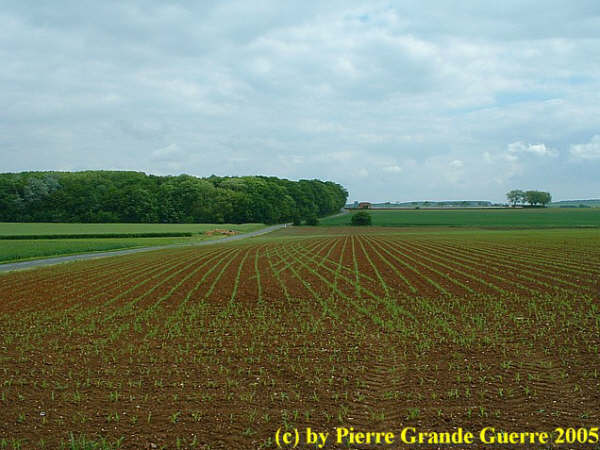
Hébuterne left at the horizon, Serre Road right.

A victorious " Poilu "- statue in Hébuterne village.
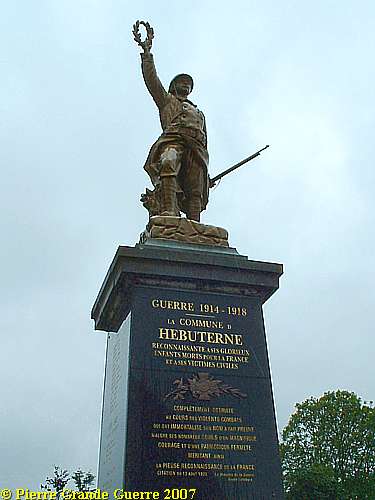
From Hébuterne we return to Serre in the next Photo Impression for a visit to the impressive Sheffield Memorial Park near the Serre Road.
Continue to the next chapter : " Sheffield Memorial Park Serre "










